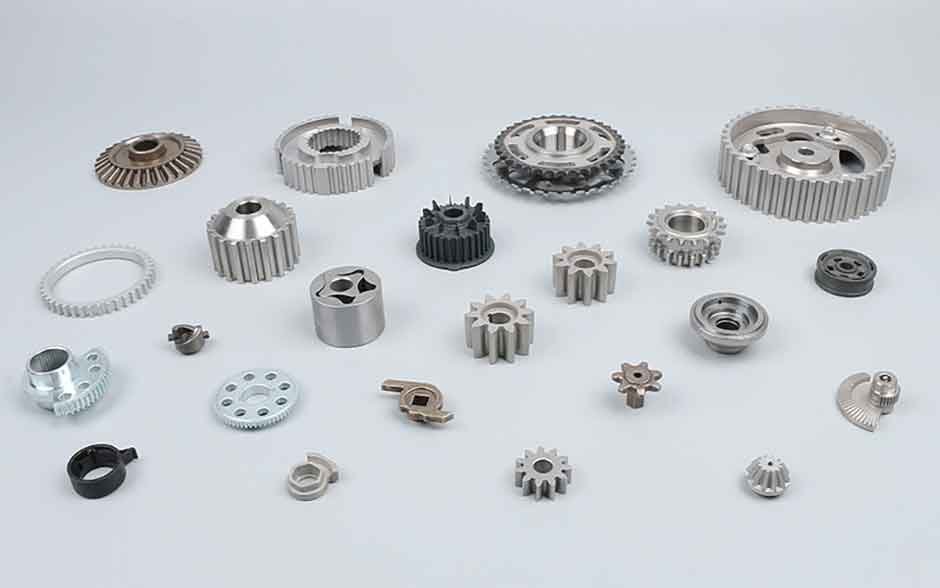Every market wants a competitive advantage by securing high-performing and cost-effective products. Due to this, various types of manufacturing processes are tested to offer reliable, stronger, and faster components. Powder metallurgy (PM) is one of the leading examples here. This special metal-forming process takes a strategic approach at every step of the metal part production to build exact and complex designs. Designers and engineers work with compacted metal powders to give them desired shapes and sizes without melting them. This specific step, which is called sintering, is the key to the success of the entire PM system.
Any reliable powder metallurgy manufacturer will carefully approach this step to produce single- to complex-level designs to meet the specs. Hence, it’s necessary to understand more about sintering and the metal parts made with the help of this step.
- The Role of Sintering in Powder Metallurgy
Metal sintering is a thermal process in which compacted metal powders are bonded at a suitable temperature. High-precision components are produced considering three fundamental aspects – time, atmosphere, and temperature. When everything is implemented correctly, the final products display their mechanical and metallurgical strengths. Since the particles face adequate high temperatures at an atomic level, they fuse well, creating structurally strong products. They stand out for their corrosion resistance, wear endurance, and dimensional accuracy.
- Sintering Process in Powder Metallurgy
The compacted metal powder particles are fed to a furnace to remove unwanted matters, stimulate alloys, and trigger a strong metallurgical fusion. Two furnaces, a continuous belt and a pusher, are commonly used during this process. Conveyor belt models are used for mass production. Pusher furnaces are used to deal with complex alloys and stainless-steel materials. Nevertheless, sintering begins only after the materials have been cleaned of the lubricants applied during compaction. Otherwise, it can affect the particle bonding quality. At the initial furnace stage, parts are exposed to a slowly rising temperature for vaporization. Once they are free of lubrication, the alloy is activated. After this, the part goes into the hot zone of the furnace for sintering. Metal atoms move across the particle boundaries to bond and form a uniform microstructure.
The parts are then moved to the cooling zones to keep their material characteristics intact and avoid distortion. This step is also critical to ensuring dimensional exactness. Again, technicians must carefully manage the cooling rates. Too high or a slow cooling process can affect the final products’ efficiency and traits. Expert manufacturers take all the precautions to avoid these mistakes and offer high-quality sintered metal parts.

- Application of Sintered Metal Components
The automobile industry needs them for their electric vehicles, engines, and braking systems. Some sought-after parts are gears, camshafts, connecting rods, etc. The household appliances sector sources motor bearings, cams, and others for refrigerators, washers and dryers, food processors, etc. Industrial sectors see a massive demand for rotor cores and oil-impregnated bearings. These are used in warehouse and flow control equipment. The healthcare sector uses sintered metal components in ventilators, beds, and more.
PM manufacturing process as a whole is fascinating. Each production phase serves a specific purpose. Of them, sintering is one of the most efficient and crucial steps.









